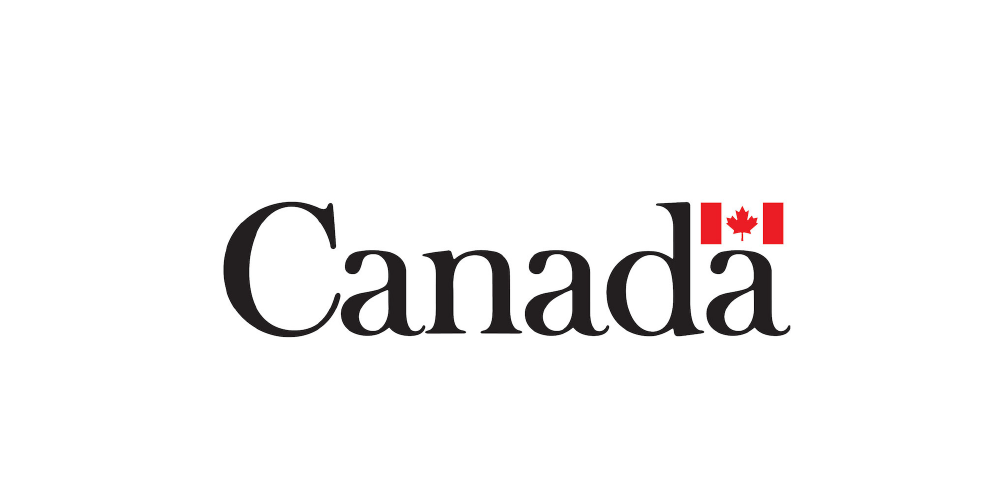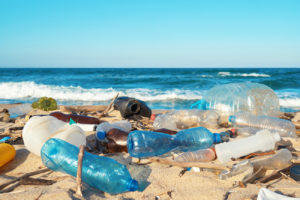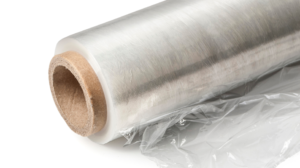Government of Canada Moves Forward to Reduce Plastic Pollution

The Government of Canada announces a series of initiatives and measure to:
- Eliminate certain sources of plastic pollution
- Create viable domestic secondary end-markets for plastics
- Improve the value recovery of plastics products and packaging
- Support innovation and the scaling up of new technologies
Recycling Council of Ontario Statement
The Government of Canada’s proposed regulatory and market stimulus measures are important steps to address plastic pollution. The integrated plan is a multi-faceted approach required to eliminate unnecessary plastics; support markets by increasing the value of discards; assign responsibility to industry to incentivize better product design; and facilitate investment that benefit plastics collection and recycling. These initiatives will lead to a viable domestic recycling industry by placing more value on material that is largely treated as waste.
What the Government of Canada must also do – with immediate benefit – is leverage its own procurement capabilities to work with suppliers to eliminate unnecessary plastic by demanding products that are made to be recycled and made of recycled materials. In doing so, they will directly support Made-in-Canada recycling innovations and solutions that offer local economic opportunity and mitigate issues caused by off-shore market restrictions, crucial for any post-COVID-19 recovery and resiliency plan.
While we are confident of success through collaboration and inclusion throughout the entire plastics value chain across Canada, a thorough implementation plan with transparent and frequent reporting against stated targets and objectives is imperative to prove that plastic pollution measures are working.
The Government of Canada has the opportunity to advance a circular economy, which emphasizes reuse, share, repair, refurbish, remanufacture, and recycle in a closed-loop system; minimizes use or need for virgin resources in production and design; and reduce waste, pollution, and carbon emissions. For Canada to succeed and continue to showcase global leadership, we urge these proposed plans are put into action in 2021 without delay. – Jo-Anne St. Godard, Executive Director
Government of Canada Announcements
Proposed Integrated Management Approach to Plastic Products to Prevent Waste and Pollution
What Is Being Proposed?
The discussion paper introduces three primary tactics to reduce plastic pollution
- Banning certain harmful single-use plastics as early as 2021 by enacting regulation that targets sources of plastic pollution through the Canadian Environmental Protection Act (CEPA), 1999
The “plastic manufactured items” identified:
- plastic checkout bags
- stir sticks
- six-pack rings
- cutlery
- straws
- food serviceware made from problematic plastics, such as expanded polystyrene
2. Establishing performance standards that includes recycled content requirements
The Government of Canada has set a 50% recycled content target in plastic products by 2030. Through CEPA, require recycled content in plastics and packaging includes:
- Minimum percentage of recycled content that producers would need to meet
- Rules for measuring and reporting to evaluate a product’s conformity with recycled content claims
- Guidelines and tools to support compliance
3. Ensuring end-of-life responsibility
The federal government intends on working with the provinces, territories, and industry to advance extended producer responsibility to be consistent, comprehensive, and transparent nationally:
- Through the Canadian Council of Ministers of the Environment (CCME) develop national guidance that includes common material categories and product definitions
- Performance standards to guide reuse and recycling programs
- Option to encourage innovation and reduce costs
- Standard monitoring and verification approaches
Science Assessment of Plastic Pollution
In February 2020 a draft science assessment was published in Part I of the Canada Gazette for public comment, with more than 70 comments received from provinces and territories, industry, civil society groups, scientists, and the public to inform a final assessment. Since then, the Government of Canada has reviewed peer-reviewed scientific studies on plastic pollution, which found that plastic pollution is pervasive in the environment and frequency of occurrence is expected to increase.
The final Science Assessment of Plastic Pollution recommends action to reduce plastic pollution; and aims to inform federal actions, policies, and research on plastic pollution in Canada.
Oceans Plastic Charter
The Ocean Plastics Charter aims to bring together leading countries, sub-national governments, businesses, and civil society organizations to commit to a more resource efficient and sustainable approach to keep plastics in the economy, and out of the environment.
By working with industry and governments, partners notably aim to increase recycled content by at least 50% in plastic products; to recycle and reuse at least 55% of plastic packaging; and to move towards 100% reusable, recyclable, or recoverable plastics, by 2030. By 2040, parties aim to recover 100% of all plastics.
Canada-Wide Strategy on Zero Plastic Waste
Environment ministers are committed to taking action within their jurisdictions and through CCME to improve Canada’s record on reducing and recycling waste. In September 2014 environment ministers adopted a vision for waste: Canada is a world leader in waste management. To ensure that vision is realized, in 2018 ministers endorsed the Aspirational Canada-wide Waste Reduction Goal and approved in principle the Canada-wide Strategy on Zero Plastic Waste.
COVID-19 and PPE Update
Personal Protective Equipment (PPE) and its sanitary packaging frequently contains single-use plastic and it is expected that demand for PPE will continue to grow as the economy reopens and PPE becomes a requirement to access services. The government is investing in Canadian researchers and technology innovators to develop and commercialize alternatives to single-use PPE, such as reusable or compostable PPE, and options for recycling of disposable ones.



